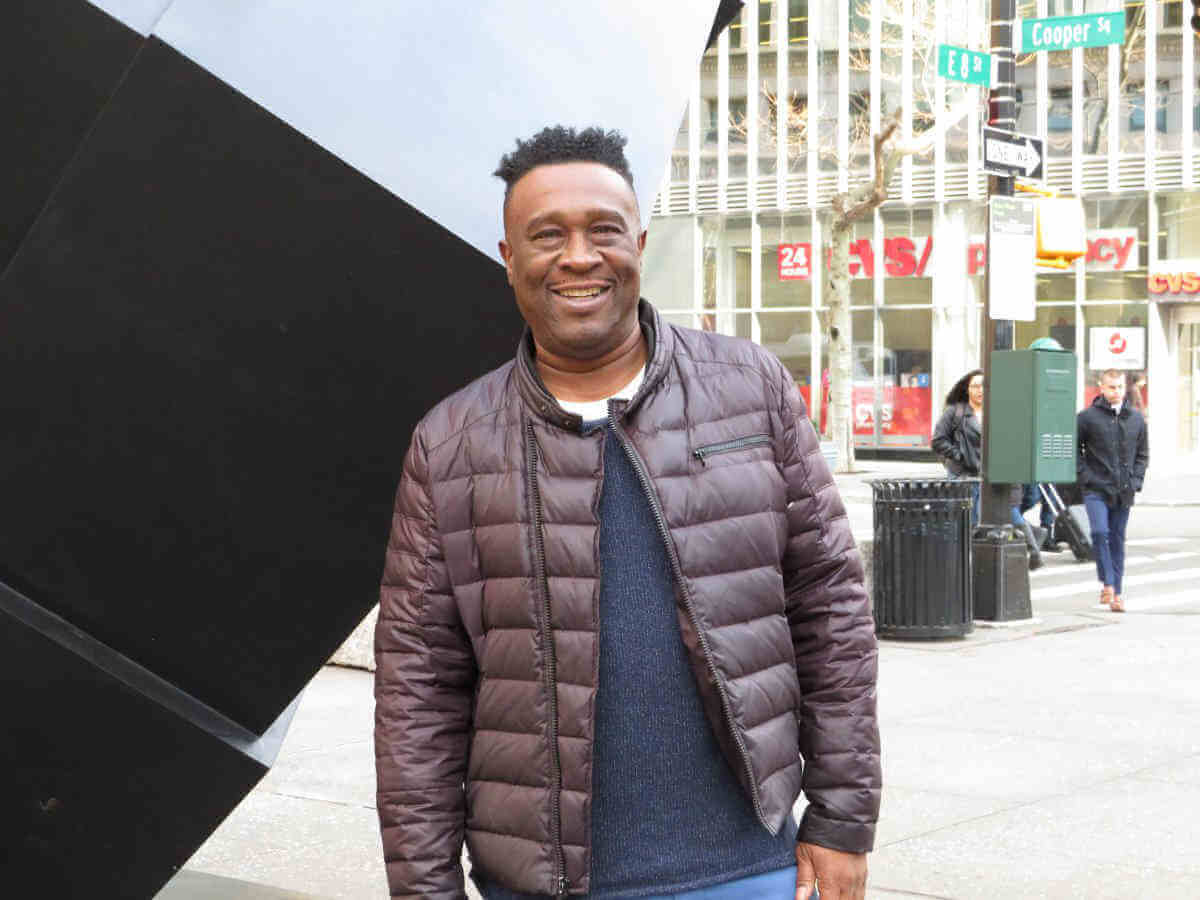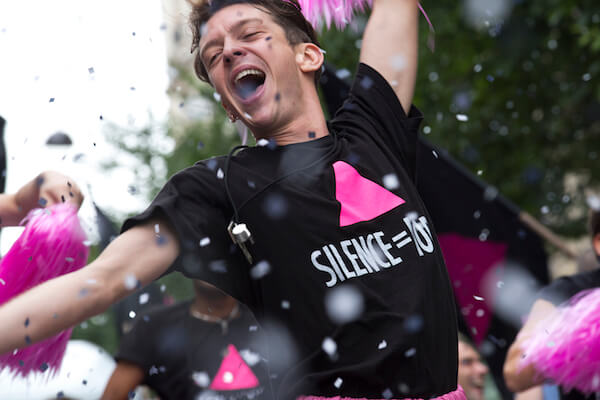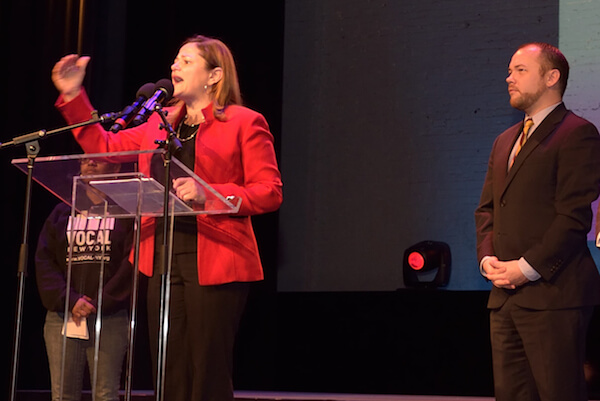When the news broke in November that advocates for the Plan to End AIDS were abandoning the goal of reducing new annual HIV infections to 750 statewide by 2020, Gary English, the founder and executive director of Get It, Get It, an HIV prevention group that serves African-American gay and bisexual men, knew what the problem was.
“There needs to be a paradigm shift at the Department of Health with a special emphasis on gay men of color, and there need to be resources for it,” English said during an interview in an East Village diner last week.
While the plan’s success is measured with a number of metrics, and some of those have been achieved, a key measure is how many people are newly infected with the virus in a year. When the plan started in 2014, the goal was to reduce new infections to 750 statewide annually, with no more than 600 of those occurring in the city by 2020.
Using pre-exposure prophylaxis (PrEP) and post-exposure prophylaxis (PEP), the plan has produced significant reductions in estimated new HIV infections among white gay men in New York City. Other interventions had already achieved large reductions in mother-to-child transmission and in new infections among drug injectors. The estimated new HIV infections among Black and Latino gay and bisexual men have come down, but the declines have not matched those seen in other groups.
It was apparent early in the plan that if New York City did not achieve large reductions in new HIV infections among African-American and Latino gay and bisexual men, it was not going to get to 600 new infections annually by 2020. In 2017, Dr. Demetre Daskalakis, the city health department’s deputy commissioner for disease control, was blunt when asked about the plan’s goal if new HIV infections were not reduced among Black and Latino gay and bisexual men.
“You lost the game,” Daskalakis said then.
That game is now lost. The city and state have not yet said what the new targets for annual new HIV infections will be. English, who has been advocating for his organization and for greater HIV prevention resources for gay and bisexual men of color for years, shares the frustration of the plan’s proponents.
“We just don’t have the resources,” he said. “The sad part is we want to get in the fight, but we don’t have the resources.”
Two-and-a-half years ago, Get It, Get It won a city contract that paid $166,000 a year to develop a curriculum that would move African-American gay and bisexual men onto PrEP and PEP. Both regimens use anti-HIV drugs in HIV-negative people to keep them from becoming infected. PrEP and PEP are highly effective when taken correctly. The contract funded four part-time positions for two years after six months of capacity building.
Working with the Center for Community Practice at the University of Rochester, the group created a curriculum that draws its target audience to social events, such as a bowling party or a “Swanky Social,” as one of the events was called, and engages them in a discussion about HIV prevention. The curriculum assumes that there will be a series of follow-up communications that will lead to the men beginning PrEP.
“The grant doesn’t give us the ability to go to the next steps with them, which is a shame,” English said. “It was about sexual health… PrEP was the main emphasis and we also talked about PrEP on demand.”
Rather than waiting for these men to go to their doctor’s office or to a city sexual health clinic for a PrEP prescription, the curriculum pays them to come to an event and introduces them to PrEP. It avoids using advertising that some of the men attending the Get It, Get It events thought was “highly sexualized and objectifying and inconsistent with how they see themselves.”
Its contract with the city ended at the close of 2019. Get It, Get It presented its findings to the city health department and at the 2019 Ending the Epidemic Summit in Albany in early December.
“It’s culturally relevant, it’s sexually relevant,” English said. “The next step is to roll out the curriculum, diffuse it, and train other agencies to use it.”
The underlying assumption with the Get It, Get It curriculum is that different populations will be reached with messages that are attuned to the target audience and that there is no one generic message that will speak to gay and bisexual men of all races and ethnic background.
“We know how to find them with Black gay gatekeepers,” English said. “That’s our expertise. Let the experts do what they do best.”



































